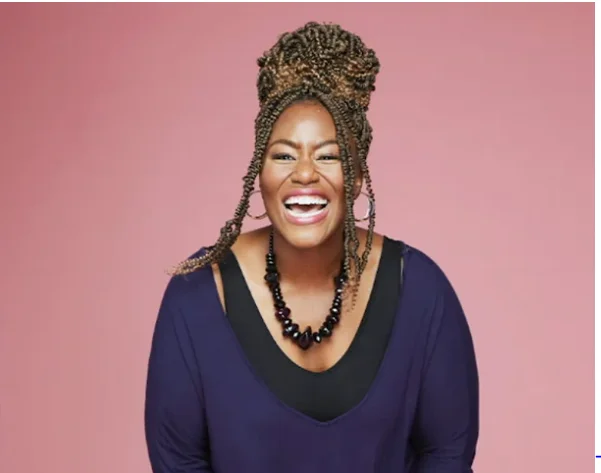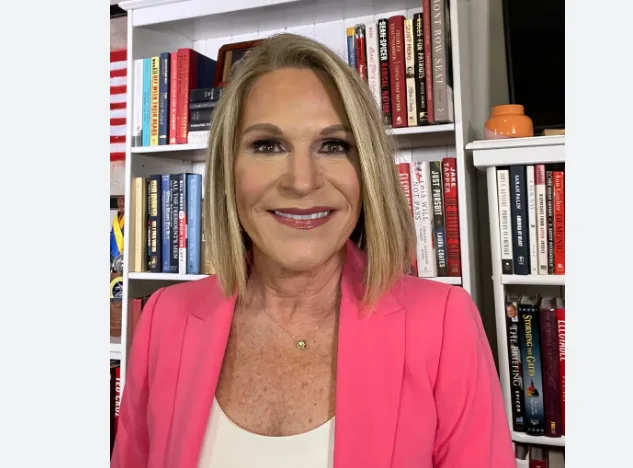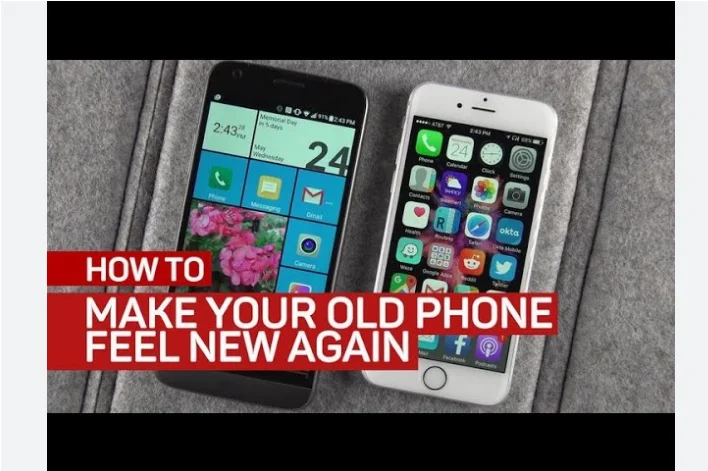Sudden adult death syndrome
Welcome to our blog post on the mysterious and devastating phenomenon known as Sudden Adult Death Syndrome, or SADS. This silent killer strikes without warning, leaving families shattered and communities questioning why.
In this article, we will delve into the causes, symptoms, risk factors, diagnosis, treatment options, coping with loss, and steps to prevent this heartbreaking condition. Whether you’re seeking answers for yourself or searching for ways to protect your loved ones from sudden cardiac death, we’ve got you covered. So let’s unravel the enigma of SADS together!
What Causes Sudden adult death syndrome?
SADS, or Sudden Adult Death Syndrome, is a perplexing and often tragic condition that claims the lives of seemingly healthy individuals. The exact cause of SADS remains elusive, leaving medical professionals and researchers grappling with unanswered questions.
One potential cause of SADS is an abnormal heart rhythm known as arrhythmia. This occurs when the electrical signals regulating the heartbeat become disrupted, leading to irregular or rapid heartbeats. In some cases, this can result in sudden cardiac arrest and ultimately death.
Another possible contributor to SADS is structural abnormalities in the heart. These abnormalities may include thickening or enlargement of certain parts of the heart, such as the ventricles or valves. When these structural issues go undetected or untreated, they can pose a serious risk for sudden cardiac death.
Inherited conditions are also thought to play a role in some cases of SADS. Certain genetic mutations can affect how the heart functions and increase susceptibility to potentially fatal arrhythmias.
Furthermore, lifestyle factors such as drug use (both illicit substances and certain prescription medications), excessive alcohol consumption, smoking, obesity ,and poor diet could contribute to an increased risk for developing SADS.
Common Symptoms of SADS
When it comes to sudden adult death syndrome (SADS), the symptoms can vary greatly from person to person. This makes it difficult to identify and diagnose the condition early on. However, there are some common symptoms that may indicate a potential risk for SADS.
One of the most notable signs is an unexplained fainting or loss of consciousness. Imagine going about your day as usual, only to suddenly collapse without warning. It’s terrifying, isn’t it? Other symptoms include chest pain or discomfort, shortness of breath, and heart palpitations.
It’s essential to remember that these symptoms can also be indicative of other medical conditions. That’s why it’s crucial not to jump to conclusions but seek medical attention immediately if you experience any unusual sensations or episodes.
Furthermore, keep in mind that not everyone with SADS will exhibit noticeable symptoms before a cardiac event occurs. In some cases, sudden death may be the first sign that something was wrong.
While this information might sound alarming, it’s important not to panic unnecessarily. Instead, focus on being aware of your body and any changes you notice – no matter how subtle they may seem.
Remember: prevention is key when dealing with such a serious health issue like SADS! Stay tuned for our next blog section where we’ll discuss risk factors and ways to prevent this condition from affecting your life or the lives of those around you!
Risk Factors for SADS
While sudden adult death syndrome (SADS) can strike unexpectedly, certain risk factors may increase the likelihood of experiencing this tragic event. It’s crucial to be aware of these factors, as they can help identify those who may be at a higher risk.
One significant risk factor is a family history of SADS or other cardiac conditions. If you have close relatives who have experienced unexplained sudden deaths or have been diagnosed with heart conditions, it’s essential to consult with your healthcare provider and undergo appropriate screening tests.
Another potential risk factor is an underlying heart condition such as hypertrophic cardiomyopathy (HCM), arrhythmogenic right ventricular dysplasia (ARVD), or long QT syndrome (LQTS). These conditions can disrupt the normal electrical activity in the heart and increase the chances of sudden cardiac arrest.
Additionally, certain lifestyle choices and habits can contribute to the development of SADS. Smoking tobacco, excessive alcohol consumption, drug abuse, and sedentary behavior all place stress on the cardiovascular system and elevate the risk of cardiac events.
Other contributing factors include age (older adults are more susceptible to SADS), gender (men tend to be at a higher risk than women), obesity, high blood pressure, diabetes, and previous episodes of fainting without explanation.
Understanding these risk factors is vital for early detection and prevention strategies. By identifying individuals who could potentially develop SADS due to their unique circumstances or medical history, healthcare professionals can implement interventions that may save lives. Stay tuned for our next blog section on diagnosis and treatment options for Sudden Adult Death Syndrome!
Diagnosis and Treatment Options
When it comes to the diagnosis of Sudden Adult Death Syndrome (SADS), it can be quite challenging. This is because there are no specific tests that can definitively determine if a person has SADS. However, doctors often conduct thorough evaluations to rule out other potential causes of sudden death.
During the evaluation process, medical professionals may review the individual’s medical history, perform a physical examination, and order various tests such as an electrocardiogram (ECG) or echocardiogram. These tests help assess the function and structure of the heart.
In some cases, genetic testing may also be recommended to identify any underlying genetic abnormalities that could contribute to SADS. Genetic counseling may then be offered to family members who could potentially carry these same genetic mutations.
As for treatment options, they generally depend on identifying any underlying conditions that might have contributed to SADS. If an abnormality in the heart’s electrical system is detected through diagnostic testing, medications or implantable devices like pacemakers or defibrillators may be used to manage these irregularities and reduce the risk of sudden cardiac arrest.
It is important for individuals diagnosed with certain cardiovascular conditions associated with SADS to follow their doctor’s recommendations closely. Lifestyle modifications such as quitting smoking, maintaining a healthy weight, exercising regularly within safe limits, managing stress levels effectively, and avoiding excessive consumption of alcohol or stimulant drugs are typically advised.
Remember though – every case is unique! It’s crucial for individuals at higher risk due to family history or personal health concerns related to SADS consult with healthcare professionals who specialize in this field.
Coping with the Loss of a Loved One to SADS
Losing a loved one is never easy, and when it happens suddenly due to Sudden Adult Death Syndrome (SADS), the shock and grief can be overwhelming. It may feel like your world has been turned upside down, leaving you with unanswered questions and a profound sense of loss.
In times like these, it’s important to remember that everyone grieves differently. There is no right or wrong way to cope with such a devastating loss. Allow yourself permission to feel whatever emotions come up for you – whether it’s sadness, anger, confusion, or even numbness.
One helpful strategy in coping with the loss of a loved one to SADS is finding support from others who have experienced similar losses. Connecting with support groups or online communities can provide comfort and understanding during this difficult time. Sharing your thoughts and feelings with people who truly understand can be incredibly healing.
Additionally, seeking professional help through therapy or counseling can also be beneficial. A therapist can provide guidance in navigating the complexities of grief while offering tools for managing overwhelming emotions.
Taking care of yourself physically is equally important during this time of grieving. Make sure you eat well-balanced meals, get enough sleep, and engage in regular exercise as much as possible. Taking care of your physical health will contribute positively to your emotional well-being.
Remembering your loved one is another crucial aspect of coping with their sudden passing due to SADS. Celebrate their life by creating rituals or traditions that honor their memory – lighting candles on special dates or sharing stories about them are just some examples.
Lastly but most importantly: allow yourself time – there’s no set timeline for grieving process after losing someone so dear unexpectedly due adult version cot death syndrome called Sudden Adult Death Syndrome (SADS). Be gentle with yourself as you navigate through this journey called bereavement without any expectations on how long it should last because everyone heals at their own pace.
Steps to Preventing SADS
While sudden adult death syndrome is a devastating condition, there are steps that can be taken to help reduce the risk and prevent future cases. Here are some important measures individuals can take:
1. Regular check-ups: It is crucial for adults of all ages to have regular medical check-ups. These check-ups often include tests such as electrocardiograms (ECGs) or echocardiograms (EKGs) that can detect any abnormalities in the heart.
2. Be aware of family history: If there is a history of sudden cardiac death or other heart conditions in your family, it’s essential to inform your healthcare provider. They may recommend further testing or monitoring.
3. Healthy lifestyle choices: Adopting a healthy lifestyle plays a significant role in preventing SADS and other heart-related issues. This includes maintaining a balanced diet, engaging in regular exercise, avoiding tobacco use, limiting alcohol consumption, and managing stress effectively.
4. Learn CPR and how to use an automated external defibrillator (AED): Knowing cardiopulmonary resuscitation (CPR) techniques and how to use an AED can save lives during emergencies until professional help arrives.
5. Genetic testing: In some cases where there is suspected inherited cardiac disease within the family, genetic testing may be considered by healthcare professionals for early detection and preventive measures among at-risk individuals.
6. Raise awareness: Educating oneself about SADS and spreading knowledge among friends, colleagues, and loved ones helps create awareness about this condition’s potential risks and symptoms.
Remember that prevention begins with understanding the importance of cardiovascular health, being proactive about screenings when necessary, making positive lifestyle choices daily while taking note of any warning signs or symptoms associated with SADS.
By staying informed and taking appropriate actions like those mentioned above we can collectively work towards reducing the occurrence of sudden adult death syndrome within our communities!
Always consult with a qualified healthcare professional for personalized advice and guidance regarding your specific health concerns or risk factors.































